A Slithery Sort: Unveiling the Hierarchy of Venom in Snakes
Let's delve into the fascinating world of snake venom and explore the different levels of lethality.
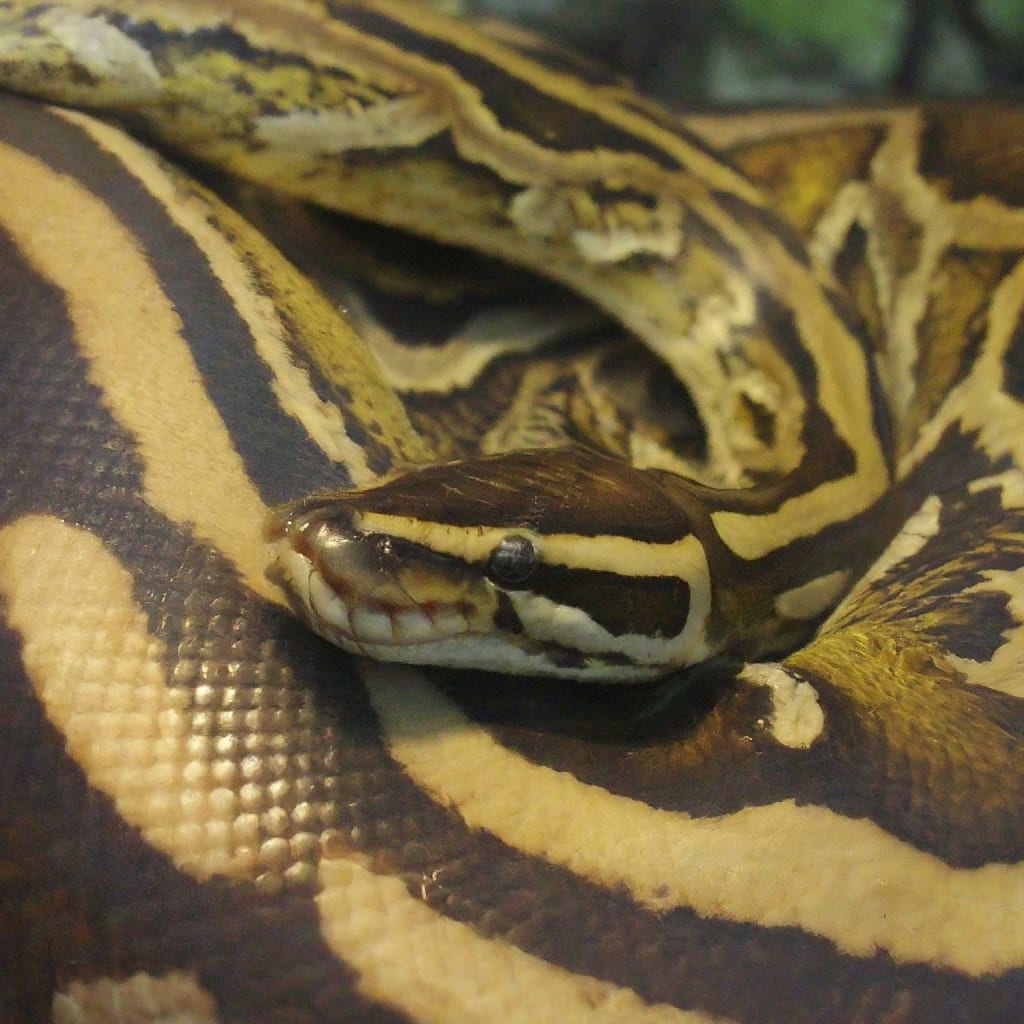
A Slithery Sort: Unveiling the Hierarchy of Venom in Snakes
Snakes, those fascinatingly limbless reptiles, come in a vast array of shapes, sizes, and, of course, venom potencies. While many snake species are completely harmless, others pack a powerful punch with their toxic cocktails. Let's delve into the fascinating world of snake venom and explore the different levels of lethality.
The Non-Venomous Majority:
Surprisingly, around two-thirds of all snake species are completely non-venomous. These constrictors, like boas and pythons, overpower their prey by coiling around them and squeezing until suffocation. Other non-venomous snakes rely on speed and agility to capture their meals.
Lightly Venomous:
This category encompasses a wide range of snakes whose venom is primarily used to subdue small prey, not humans. Examples include:
Colubrids: This large family includes familiar snakes like corn snakes and rat snakes. Their venom is primarily neurotoxic, affecting the prey's nervous system but posing minimal threat to humans.
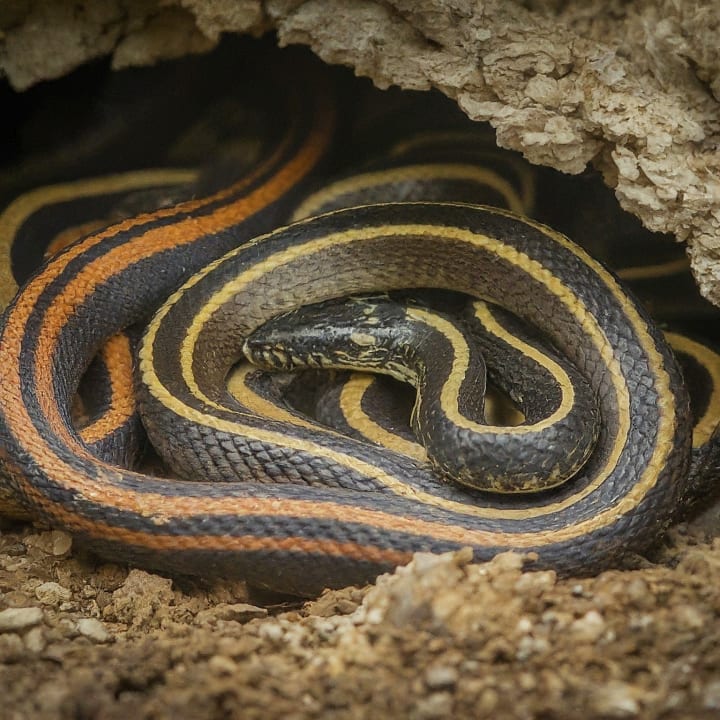
Hognose Snakes: These dramatic performers puff up their necks and fake a strike when threatened. Their venom, while weak, can cause localized swelling in humans.
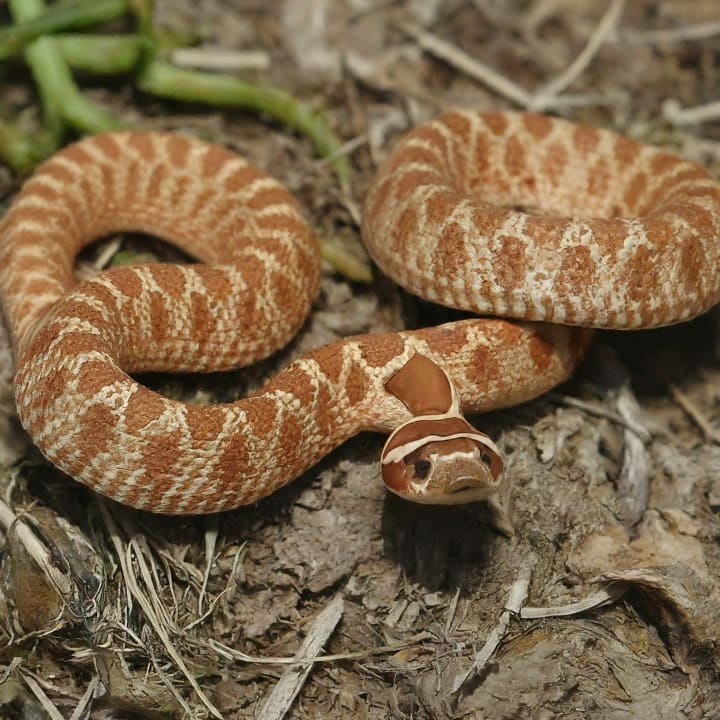
Moderately Venomous:
These snakes pack a more significant punch, but their venom is rarely fatal to humans. Here are some examples:
Moccasins: These pit vipers, like copperheads and cottonmouths, have heat-sensing pits on their faces and venom that causes localized tissue damage and swelling.
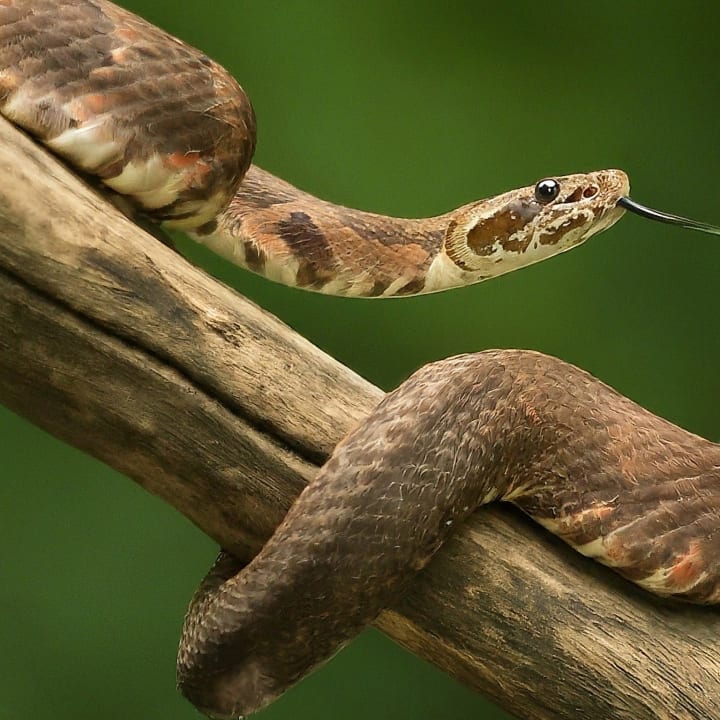
Rattlesnakes: These iconic snakes use their rattling tail to warn off threats. Their venom can cause significant tissue damage, but prompt medical attention usually prevents serious complications.
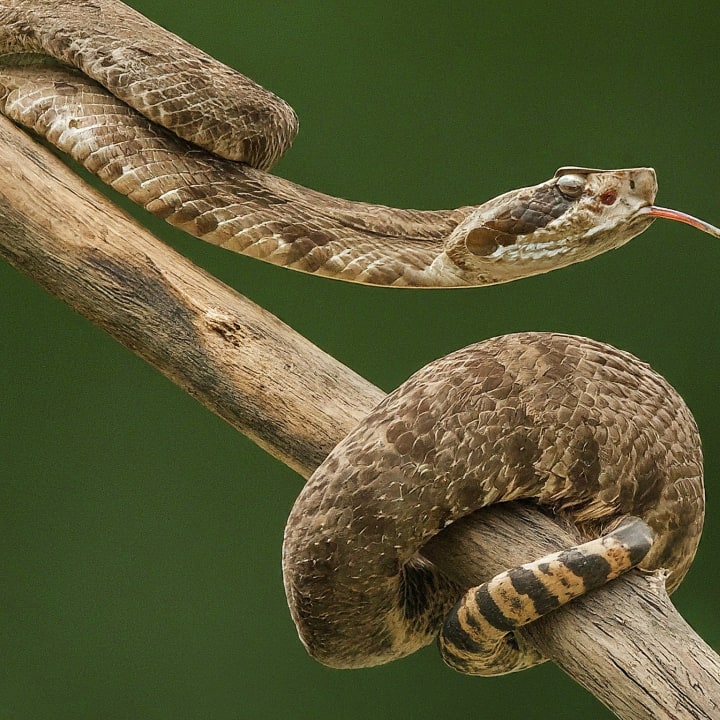
Highly Venomous:
This category contains some of the most feared snakes on the planet. Their venom can be lethal to humans if left untreated.
Elapids: This family includes cobras, kraits, and coral snakes. Their venom is primarily neurotoxic, attacking the nervous system and causing paralysis. Antivenom is readily available for most elapid bites.
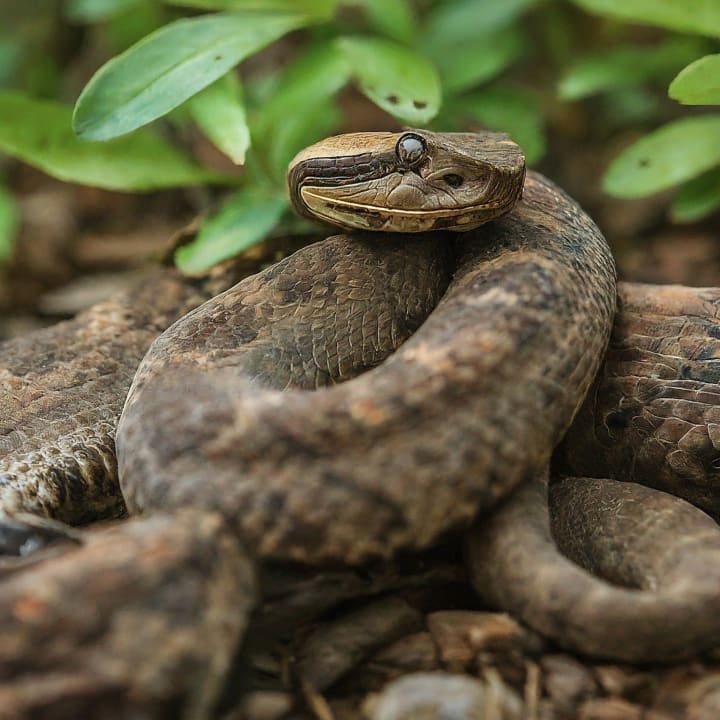
Sea Snakes: These aquatic hunters possess highly potent venom designed for capturing fish and invertebrates. While their bites can be fatal, they rarely interact with humans.
Remember:
Even "mildly venomous" snakes can cause allergic reactions in some individuals.
If bitten by any snake, seek medical attention immediately.
Beyond the Bite:
This page has only scratched the surface of the fascinating world of snake venom. Each species has a unique venom composition, with varying effects. For further exploration, consider checking out other resources..
At the foundation lies the impressive majority – the non-venomous constrictors. Boas and pythons, masters of muscle, overpower their meals with the crushing embrace of their coils. Other non-venomous snakes, like lightning bolts, rely on speed and agility to snatch unsuspecting prey.
As we venture further, we encounter the lightly venomous – a diverse group wielding venom for subduing small creatures, not humans. Colubrids, a vast family encompassing corn and rat snakes, use neurotoxic venom to incapacitate their prey. Hognose snakes, the drama kings of the slithering world, puff up their necks and put on a theatrical display of false bravado. Their venom, though weak, can cause localized swelling in humans.
The moderately venomous category introduces us to pit vipers like copperheads and cottonmouths. Equipped with heat-sensing pits, these snakes target warm-blooded prey with venom that causes localized tissue damage and swelling. Rattlesnakes, the iconic creatures with their rattling tails, also fall into this category. Their venom, while capable of causing significant tissue damage, is rarely fatal to humans with prompt medical attention.
Finally, we reach the pinnacle of venom – the highly venomous snakes that strike fear into the hearts of many. Elapids, a family encompassing cobras, kraits, and coral snakes, wield potent neurotoxic venom that attacks the nervous system and can be lethal if left untreated. Thankfully, antivenom is readily available for most elapid bites. Sea snakes, the ocean's venomous hunters, possess venom designed for swift capture of fish and invertebrates. While their bites can be fatal, encounters with humans are uncommon.
This exploration, however, is merely a glimpse into the captivating world of snake venom. Each species possesses a unique venom composition with varying effects on prey and potential consequences for humans. Even mildly venomous snakes can trigger allergic reactions in some individuals. Therefore, regardless of the perceived potency, seeking medical attention after any snake bite is paramount.
About the Creator
Isaac Shapi
Curious about tech, nature & making money online? I explore these & more, offering insightful articles. Follow for a journey of learning & discovery across tech trends, nature's beauty & creative online income!
Enjoyed the story? Support the Creator.
Subscribe for free to receive all their stories in your feed. You could also pledge your support or give them a one-off tip, letting them know you appreciate their work.






Comments (1)
What are some types of sea snakes?